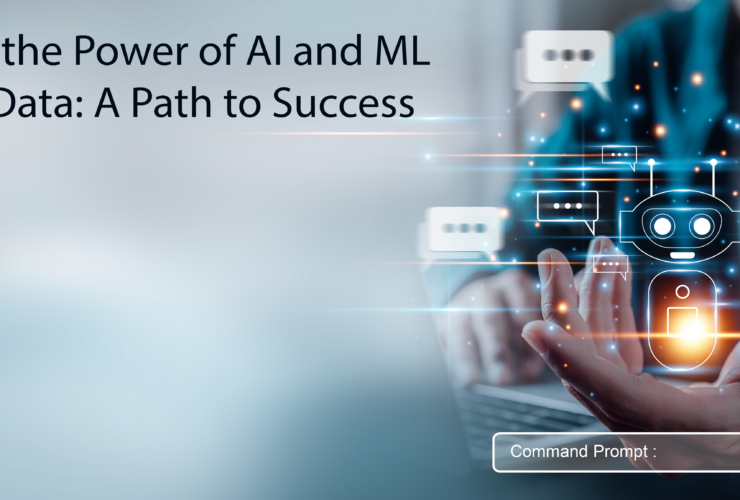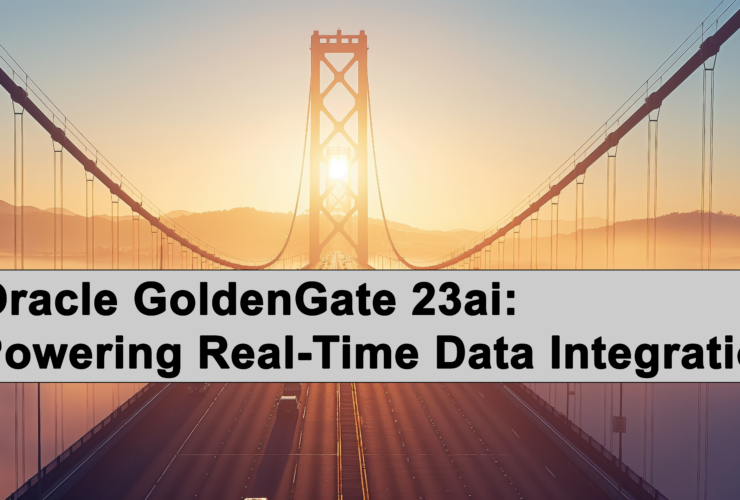MariaDB to MySQL 8.0/Heatwave Migrations

Due to financial struggles, MariaDB lost over 87% of its Initial Public Offering (IPO) after going public in December 2022. During the first day of trading in 2022, MariaDB’s stock declined 40%. On the second day, the stock dropped an additional 20%. Leaving the company’s future uncertain and forcing MariaDB to seek more funding to continue operations.
With the uncertainness of MariaDB, customers are facing an uncertain future:
- How soon will MariaDB run out of money?
- Who will fix bugs and vulnerabilities if MariaDB no longer exists?
- How can customers justify running their database infrastructure on a product that may no longer be supported or developed?
The simple answer is to migrate to MySQL 8.0/Heatwave on Oracle Cloud Infrastructure (OCI)!
MySQL is the upstream open-source product in the MySQL ecosystem and is the natural, low-risk replacement for MariaDB. MySQL is the world’s most popular open-source database and has the financial backing of Oracle.
Migrating from MariaDB to MySQL Heatwave
MariaDB has significantly diverged and is no longer a drop-in compatible product to MySQL. Organizations have two strategies that can be used to migrate from MariaDB to MySQL 8.0/Heatwave:
- A logical dump and load to MySQL 8.0/Heatwave
- A near-zero downtime migration using migration tools (Oracle GoldenGate, Five-Tran, Qlik, etc.)
Logical migration process
To logically move from MariaDB to MySQL 8.0/Heatwave, the process consists of four operations:
- Evaluate MariaDB for incompatibilities
- Dump the data (logical)
- Build an OCI MySQL 8.0/Heatwave instance
- Load the data
Near-Zero Migration Process
MariaDB to MySQL 8.0/Heatwave can use Change Data Capture software to logically migrate between databases to ensure continuous business operations. The process consists of eight operations:
- Evaluate Maria DB for incompatibilities
- Establish CDC capture process
- Dump the data (logical)
- Build an OCI MySQL 8.0/Heatwave instance
- Load the data
- Establish CDC apply process
- Sync all data
- Switch over application
Eventual Incompatibles
In both migration processes, the evaluation of MariaDB may be the most challenging. The longer you wait to start the migration, the longer the process will become. The following areas need to be evaluated:
High Availability
In MariaDB, Galera, a plugin developed by a 3rd party company, Cordership, provides high availability. This creates additional uncertainty and risk for MariaDB users.
MySQL includes native, built-in, HA, and DR using Group Replication, InnoDB Cluster, ClusterSet, and ReplicaSet. MySQL high availability is 100% developed, maintained, and supported by the MySQL Team at Oracle.
Storage Engines
MariaDB Community Edition contains various storage engines that are not included in MariaDB Enterprise Edition. InnoDB is the main engine used for transaction processing, and before migrating to MySQL 8.0/Heatwave, you will need to convert data in the other storage engines to InnoDB.
Functions
MariaDB has functions that are not present in MySQL 8.0/Heatwave, for example, JSON_DETAILED, which is called JSON_PRETTY in MySQL 8.0/Heatwave.
This is not a blocking factor for migration unless these functions are present in the default values of columns. Additionally, if your application uses some of these functions, it may be necessary to modify it to use the appropriate one in MySQL 8.0/Heatwave.
MariaDB Functions Documentation
Data Types
Data types are always a concern and need to be reviewed. MariaDB supports INET6 as a data type not present in MySQL 8.0/Heatwave. INET6 is represented as a VARBINARY(6) in MySQL 8.0/Heatwave.
Another example of this would be JSON columns. In MariaDB, the JSON column is represented as a LONGTEXT data type with JSON_VALID() function checking. In MySQL 8.0/Heatwave, JSON is a native datatype allowing multiple functions and enhancements related to performance and replication. Unknown datatypes will cause the logical dump to fail, slowing down the migration.
Conclusion
If you are not using specific features of MariaDB, migrating from MariaDB to MySQL 8.0/Heatwave is easy. By using a logical or continuous operations approach, the migration can be done cleanly and ensure minimal interruption to daily operations. Don’t forget the more you delay the migration process, the more complicated it will become and the harder it will be to move off MariaDB.
Support for migrations and beyond
RheoData is the only Global Systems Integrator (SI) that can easily help you migrate from MariaDB to MySQL 8.0/Heatwave! We specialize in helping customers architect and integrate their data from one platform to the next using existing data integration tools and techniques. Let us show you how to quickly move from MariaDB to MySQL and maintain operational readiness!
Contact us today: [email protected]


